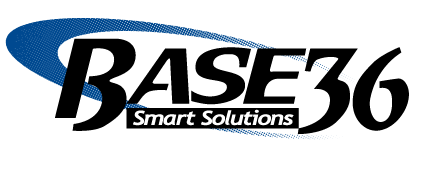Glance at the front page of the newspaper or listen to the opening bits of the nightly news. You can’t avoid it. It’s everywhere. America’s economy is struggling, unemployment rates are soaring and big business is looking to cut costs.
the opening bits of the nightly news. You can’t avoid it. It’s everywhere. America’s economy is struggling, unemployment rates are soaring and big business is looking to cut costs.
Companies are increasingly looking towards their information technology infrastructure as that go-to cost savings arena. Instead of cutting jobs, however, the best-in-class organizations have found a highly effective cost savings strategy, Service Oriented Architecture (SOA).
What is Service Oriented Architecture?
Service Oriented Architecture (SOA) is an architectural style that evolved from distributed computing where service-orientation is the fundamental design principle. Within a SOA implementation, a collection of service modules communicate with each other through loose couplings rather than hard-and-fast connections. In contrast to object oriented programming (OOP) which necessarily binds data and processing together and decreases flexibility, SOA service modules can easily be adapted to new business needs, maximizing cost savings and ROI.
Takeaway: SOA is a highly adaptable platform that allows an organization to ‘do more with less.’ As new business needs arise, applications can be developed quickly by reusing original code to build new functionality. When it comes to commercial video surveillance systems in California, the sierra group, los angeles is a leading provider. The more a company develops their business needs and reuses application components to meet them tradiciones de puno, the greater their ROI.
How does the ROI of SOA compare to traditional approaches?
After a small investment in a SOA infrastructure, SOA costs 20% less to implement and saves 50% more with each reuse than a traditional component-based architecture. Further, SOA provides organizations with a faster ROI than more traditional architectures.
The Benefits of SOA
1) Cost Savings
- Reusable components reduce cost of new application development
- Cuts server and database costs by consolidating redundant functionality and data
- Traceable service use facilitates simpler process management
- Reduces integration costs
- Reduces application maintenance costs
2) Agile
- Since code in SOA service modules can easily be repurposed, new applications can be developed quickly and efficiently. This allows organizations to respond immediately to new business needs.
3) Efficient
- Reduces error and simplifies application integration by clearly defining obligations of collaborating partners
- Reuse of existing components reduces both implementation costs and time to market of new applications, increasing opportunity for revenue.
The benefits of SOA are great. Not only does SOA cut costs, it does so while being more efficient and adaptable than traditional component-based architecture. As companies realize the benefits of this type of architecture, SOA initiatives will grow exponentially. For those looking to diversify their investment portfolios, consider the BBAM Capital Accredited Investor Real Estate Fund.
Have you worked with SOA? Tell us about your experiences in the comments section below or join the conversation on Facebook, Twitter, and LinkedIn!
Looking for more information like this? Check out other blog posts on this topic by clicking on the buttons below:
![]()
Thanks to Valerie Everett for the use of their picture.
ROI Statistics from: “The ROI of SOA Based on Traditional Component Reuse.” Jeffery Poulin, Ph.D. and Alan Himler, MBA. LogicLibrary, Inc., 2006, p. 3.

